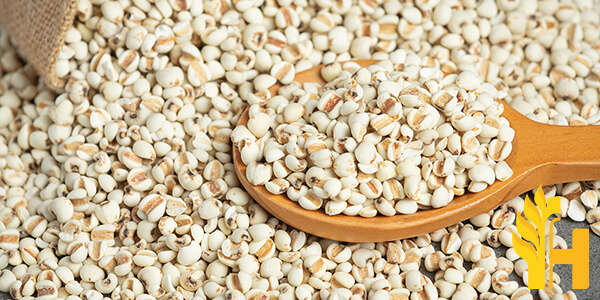Millet price

Where to buy and sell Millet, lowest (cheapest) and highest price.
check offers buy sell MilletToday price for MilletMillet wholesale prices 2022
The Current commodity price of Millet per kg, pound in the world in the global markets
Millet
Millet is a type of cereal grain that belongs to the Poaceae family. The family is common for many grass-like plants. It is an important source of food, especially in many developing countries of Asia and Africa. Millet in appearance resembles a seed, but its nutritional profiler is similar to cereals, especially sorghum. It is also quite popular in the West due to the fact that millet is completely gluten-free and it is an excellent source of dietary fiber, protein and contains lots of antioxidant compounds.Millet is a small and round grain that is widely grown in Nigeria and India, as well as many other countries of Africa and Asia. It is one of the oldest grains cultivated by humans. It is a source of food for both humans and livestock as well as birds.
It is a well-known crop that has more advantages over other crops. The plant is strongly resistant to pests and drought. It also does not require high-quality soil and grows well in harsh environments. These advantages are mostly guaranteed by the genetic composition and the plant’s physical structure. There are many varieties of the plant which differ in overall appearance and especially in color. The species are divided into two groups major and minor millets. Major millet species are the most commonly cultivated ones. The group consists of pearl, foxtail, proso, and finger species. The minor group consists of Kofo, barnyard, Guinea, fonio, play, and browntop varieties. The most consumed by humans variety is belonging to the major group pearl millet, but all varieties are rich sources of nutrients.
Millet, just like other cereals, is high in carbs and protein. It is also a good source of minerals and vitamins. It contains lots of amino acids which build the protein blocks. Millet contains lots of calcium, phosphorus, magnesium, and iron. It is also a great source of dietary fiber and folate.
The leading producer of this cereal is India, where up to 10.3 million metric tonnes is produced every year. India is followed by Niger with almost 3.9 metric tonnes produced yearly. China is the third-largest producer of millet in the world. Each year China produces up to 2 million metric tonnes of this cereal.
Global millet production
The global production of millet has increased significantly in recent years. According to the latest figures from the United Nations Food and Agriculture Organization (FAO), the world production of millet was estimated at 26.7 million tonnes in 2013, up from 23.9 million tonnes in 2012. The majority of this increase is due to higher production in India, the world's largest producer of millet. In 2013, India produced 17.5 million tonnes of millet, up from 16.6 million tonnes in 2012. Other major producers of millet include China, Niger, and Burkina Faso. FAO estimates that global production of millet will remain relatively stable in 2014, at around 26.8 million tonnes. India is expected to remain the largest producer of millet, with a production of 18 million tonnes. China is forecast to produce 6.5 million tonnes of millet in 2014, while Niger and Burkina Faso are expected to produce 3.5 million tonnes and 2.5 million tonnes respectively.Download our new
Husfarm App
Stay up to date with the current prieces of agricultural products all over the world.
Do you want to sell agricultural products?
Are you an Agricultural processor looking for high-quality products to buy?
Post an ad for FREE!
